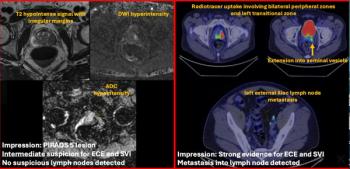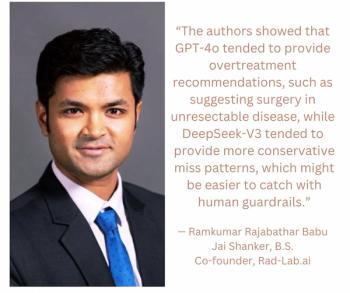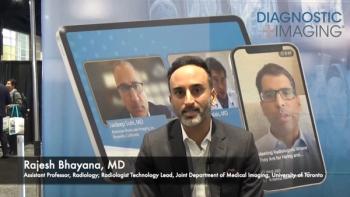
Remember Increased Radiation Exposure Risk For Younger Adults
Multiple CT scans for young adults with non-traumatic acute abdominal conditions increase radiation exposure.
Physicians should consider the risk of increased radiation exposure to young adults undergoing repeated CT scans for non-traumatic acute abdominal conditions, according to a study published in
Researchers from Italy sought to assess the dose of ionizing radiation caused by repeated CT scans performed to investigate non-traumatic acute abdominal conditions in young adults, aged 18 to 45. All abdomen/pelvis CT scans carried out at their institution for over six years were retrospectively tallied, and the effective doses were computed by multiplying the total dose-length product by the appropriate anatomic conversion factor.
Sixty-one patients (average age 34.2) who underwent an average of 2.7 scans each for complaints related to urogenital, intestinal, hepatobiliary, and pancreatic disorders were included in the study. The effective dose varied among single- and multi-phase acquisitions. The cumulative effective dose ranged from 14.1 mSv to a maximum of 436.6 mSv (average 70.1 mSv per person). Twenty-five patients (40.9%) received more than 50 mSv, 84% of them within year; 12 (19.7%) and 4 (6.6%) patients received more than 100 and 200 mSv, respectively.
The researchers concluded that young adults are subject to repetitive CT imaging to monitor abdominal disorders during non-operative management to detect and follow up abdominal emergencies requiring surgical intervention and to assess post-surgical complications. However, this population’s risk of accruing high cumulative radiation exposure should be considered.
Newsletter
Stay at the forefront of radiology with the Diagnostic Imaging newsletter, delivering the latest news, clinical insights, and imaging advancements for today’s radiologists.




























